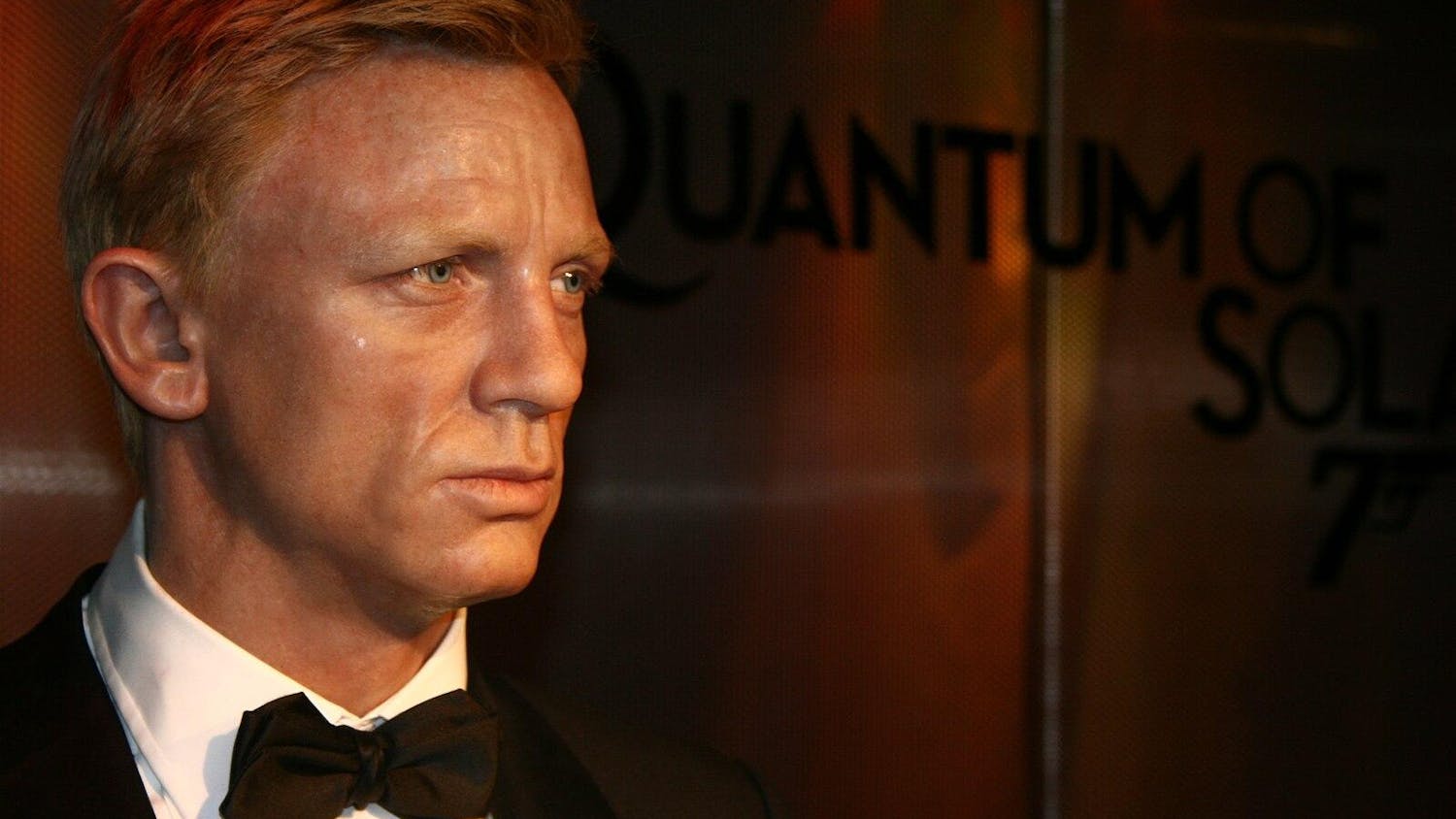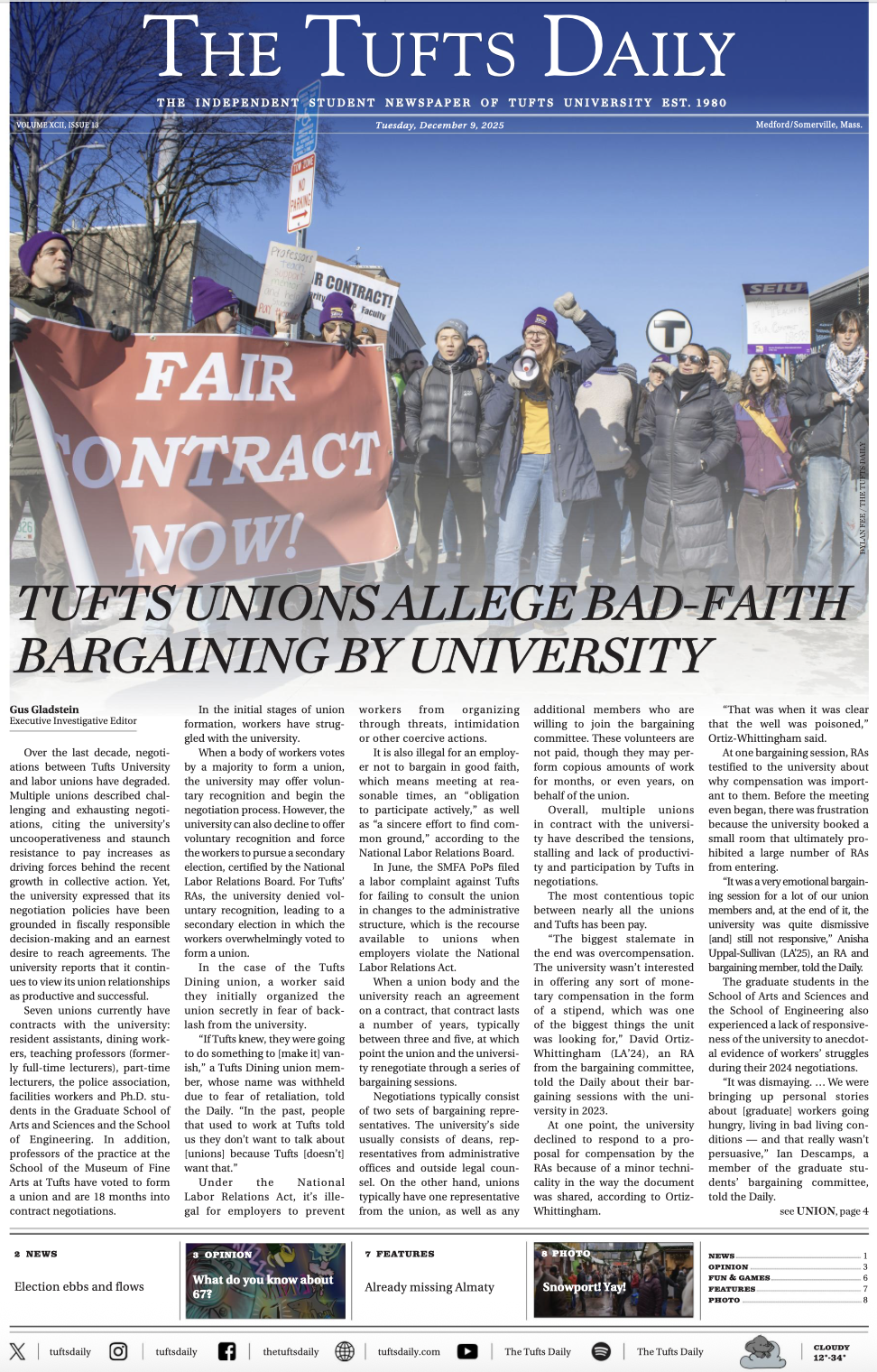One of the posters displayed in the Harvard Art Museum's new exhibition, "ACT UP: New York: Activism, Art, and the AIDS Crisis, 1987-1993," depicts a staunch opponent of safe-sex education and gay rights, Cardinal John Joseph O'Connor, and a condom side-by-side, with text that reads "Know your scumbags." A note under the condom says, "This one prevents AIDS."
The poster serves as a fitting introduction to the exhibition, which runs until Dec. 23 at the Carpenter Center for the Visual Arts and profiles the New York group AIDS Coalition to Unleash Power (ACT UP).
ACT UP differed from other activist organizations in its inclusive structure; anyone who came to weekly meetings could suggest an idea for a protest or demonstration. The organization was most active from 1987 to 1993 and worked to change public policy, pass legislation and fight for greater medical resources for AIDS patients.
ACT UP took an experimental approach to activism. The bold posters displayed at the Harvard Art Museum reflect their daring, take-no-prisoners attitude towards the AIDS crisis — one that was a matter of life or death for many of the group's members.
The exhibition is divided into two sections: one primarily of video work, and the other of visual graphics. The lower part of the gallery is filled with scattered video screens featuring surviving ACT UP members sharing their perspective on the AIDS epidemic. These interviews are from the ACT UP Oral History Project, and their loose organization represents the diversity and equality of the activist group.
Also in this space, a neon sign reading "Silence = Death" (1986) is placed on a black background with a pink triangle. The inverted pink triangle symbol was once used to identify gay individuals during the Holocaust and was then appropriated and flipped right side up by the gay community as a symbol of solidarity.
Upstairs, a wall of activist posters nearly overwhelms viewers. Included in the display is a poster modeled after a Coke advertisement with the words "Enjoy AZT" — an antiretroviral drug used to treat AIDS. These posters and stickers, originally stuck to buses, mailboxes and street corners, made the epidemic visible in the public sphere and were intended to attract the attention of people who thought they were not affected by AIDS. Also in the upper part of the exhibit, a video screen shows some of the protests, which were designed to be filmed in order to attract maximum publicity to the cause.
Many of the posters target specific political officials. One poster by the Silence = Death Project entitled "AIDSGATE" (1987) features a demonic portrait of President Ronald Reagan with a vacant expression, red eyes and a caption reading "AIDSGATE." Further into the exhibit, a life-sized bus ad reads, "Kissing doesn't kill: greed and indifference do." It features three interracial couples kissing, two of them of the same sex. These images serve as examples of the way in which ACT UP ads used sex appeal as corporate advertisers do — to attract attention.
Other works in the exhibition use the physical body to remind the audience of the effects of AIDS. One particular poster says, "The government has blood on its hands," with a blood-red handprint in the middle.
The facts and statistics on the posters and stickers were used to counter the misinformation spread by the government and other organizations, such as the Catholic Church, including, "One in sixty-one babies born in New York City is born with AIDS or HIV-positive."
The poignant messages of the ads also remind the viewer of the gravity of the epidemic and the pain felt by everyone touched by the disease. One poster says, "All people with AIDS are innocent." And this simple message, even today, is sometimes forgotten.
Gran Fury, an art collective that produced posters for AIDS awareness, made a final piece called "The Four Questions" (1992). It consists of the following in small, black type dwarfed by a white background: "Do you resent people with AIDS? Do you trust HIV-negatives? Have you given up hope for a cure? When was the last time you cried?"
After the clever sayings and corporate slogan parodies of other posters in the show, this one gets to the heart of the epidemic. Shocking statements and bold imagery aside, the psychological and emotion cost to those affected remains at stake.
--
ACT UP New York: Activism, Art, and the AIDS Crisis, 1987–1993
At the Carpenter Center for the Visual Arts, through December 23
Harvard Art Museum
485 Broadway, Cambridge
617-495-9400





